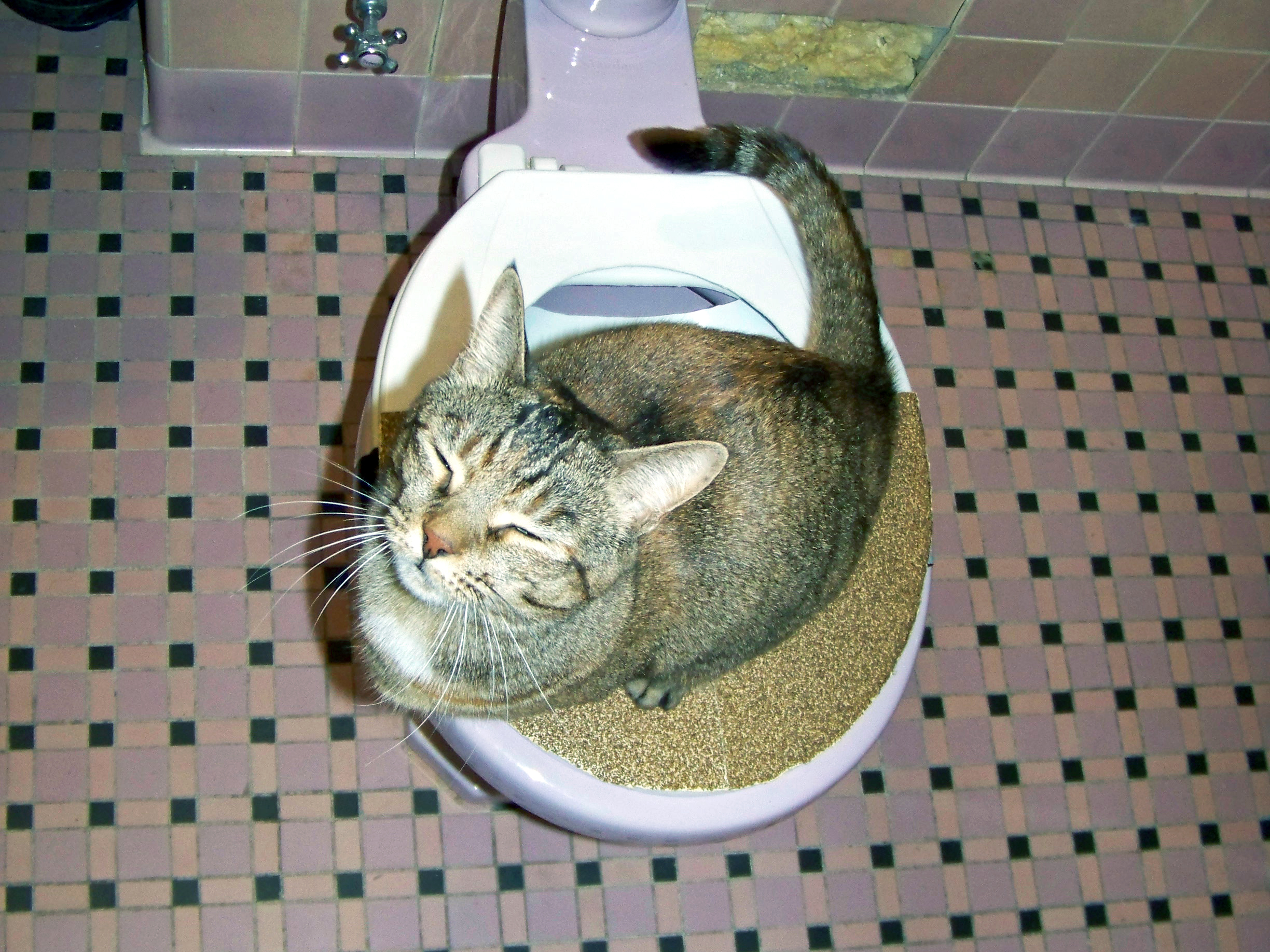Dangers of Disposing Cat Poop in Your Toilet - Preventive Steps
Dangers of Disposing Cat Poop in Your Toilet - Preventive Steps
Blog Article
Are you looking for answers Don’t flush cat feces down the toilet?

Intro
As feline proprietors, it's essential to bear in mind just how we dispose of our feline friends' waste. While it might seem hassle-free to flush feline poop down the toilet, this technique can have detrimental effects for both the setting and human health and wellness.
Alternatives to Flushing
The good news is, there are more secure and a lot more liable means to take care of feline poop. Consider the following options:
1. Scoop and Dispose in Trash
The most usual method of dealing with pet cat poop is to scoop it into an eco-friendly bag and throw it in the garbage. Make certain to utilize a committed litter inside story and throw away the waste promptly.
2. Use Biodegradable Litter
Go with biodegradable feline trash made from products such as corn or wheat. These clutters are environmentally friendly and can be safely thrown away in the garbage.
3. Bury in the Yard
If you have a backyard, consider burying cat waste in a designated area away from vegetable yards and water resources. Make sure to dig deep sufficient to avoid contamination of groundwater.
4. Set Up a Pet Waste Disposal System
Purchase an animal waste disposal system specifically designed for cat waste. These systems make use of enzymes to break down the waste, lowering smell and ecological effect.
Health Risks
Along with ecological worries, flushing cat waste can additionally position health threats to people. Cat feces might include Toxoplasma gondii, a bloodsucker that can trigger toxoplasmosis-- a potentially serious illness, specifically for pregnant females and individuals with damaged immune systems.
Ecological Impact
Flushing feline poop presents damaging virus and parasites right into the water supply, presenting a significant threat to marine communities. These contaminants can adversely impact aquatic life and compromise water quality.
Verdict
Liable pet possession extends beyond supplying food and shelter-- it additionally entails proper waste administration. By avoiding purging cat poop down the commode and going with alternative disposal techniques, we can decrease our environmental footprint and safeguard human wellness.
Why Can’t I Flush Cat Poop?
It Spreads a Parasite
Cats are frequently infected with a parasite called toxoplasma gondii. The parasite causes an infection called toxoplasmosis. It is usually harmless to cats. The parasite only uses cat poop as a host for its eggs. Otherwise, the cat’s immune system usually keeps the infection at low enough levels to maintain its own health. But it does not stop the develop of eggs. These eggs are tiny and surprisingly tough. They may survive for a year before they begin to grow. But that’s the problem.
Our wastewater system is not designed to deal with toxoplasmosis eggs. Instead, most eggs will flush from your toilet into sewers and wastewater management plants. After the sewage is treated for many other harmful things in it, it is typically released into local rivers, lakes, or oceans. Here, the toxoplasmosis eggs can find new hosts, including starfish, crabs, otters, and many other wildlife. For many, this is a significant risk to their health. Toxoplasmosis can also end up infecting water sources that are important for agriculture, which means our deer, pigs, and sheep can get infected too.
Is There Risk to Humans?
There can be a risk to human life from flushing cat poop down the toilet. If you do so, the parasites from your cat’s poop can end up in shellfish, game animals, or livestock. If this meat is then served raw or undercooked, the people who eat it can get sick.
In fact, according to the CDC, 40 million people in the United States are infected with toxoplasma gondii. They get it from exposure to infected seafood, or from some kind of cat poop contamination, like drinking from a stream that is contaminated or touching anything that has come into contact with cat poop. That includes just cleaning a cat litter box.
Most people who get infected with these parasites will not develop any symptoms. However, for pregnant women or for those with compromised immune systems, the parasite can cause severe health problems.
How to Handle Cat Poop
The best way to handle cat poop is actually to clean the box more often. The eggs that the parasite sheds will not become active until one to five days after the cat poops. That means that if you clean daily, you’re much less likely to come into direct contact with infectious eggs.
That said, always dispose of cat poop in the garbage and not down the toilet. Wash your hands before and after you clean the litter box, and bring the bag of poop right outside to your garbage bins.
https://trenchlesssolutionsusa.com/why-cant-i-flush-cat-poop/

As a reader on How to Dispose of Cat Poop and Litter Without Plastic Bags, I assumed sharing that piece of content was necessary. So long as you appreciated our blog entry kindly be sure to pass it around. I am grateful for your time. Please stop by our website back soon.
Call Today Report this page